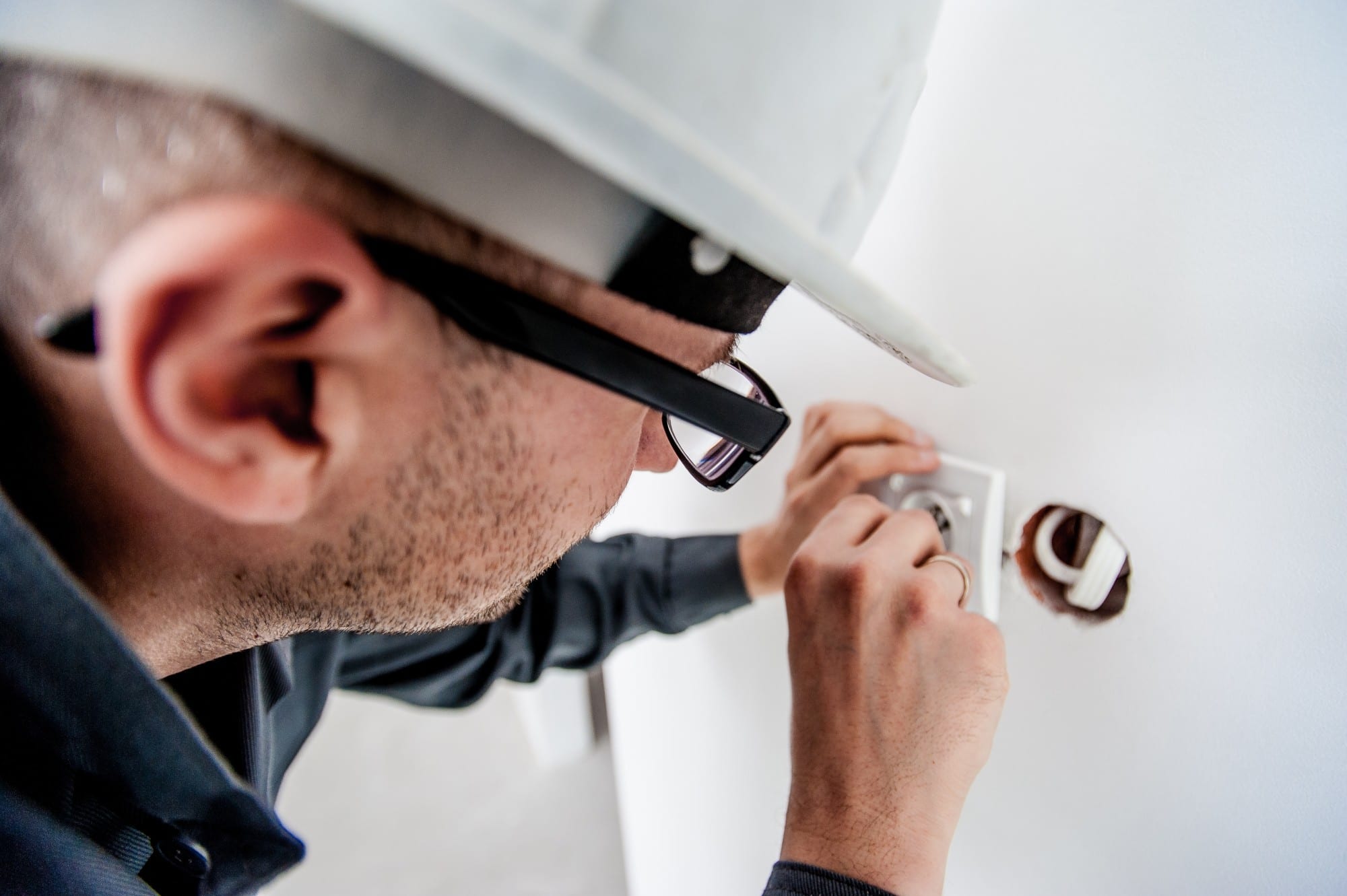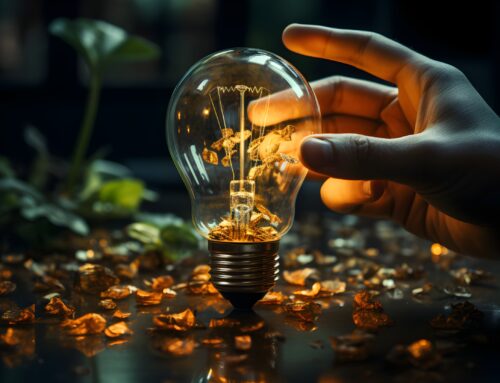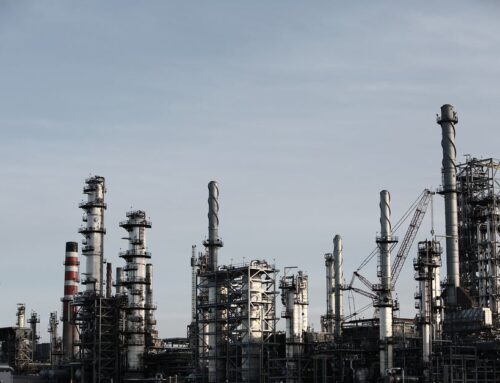As a homeowner, you know the importance of taking care of your home and keeping it up to date. Things like the furnace, roof, and updated interiors are obvious on the list of home care.
The problem is that you don’t pay as much attention to the parts of your house you don’t see. This might include your electrical system.
For example, the number one cause of fire in a home is a faulty electrical outlet. Whether you hope to sell your house or just keep it in tip-top shape, understanding your electrical system is important.
An important part of your electrical system for fire prevention and safety is the GFCI outlets. Learn about the GFCI requirements to make sure your house is safe.
1. What Is GFCI?
To understand its importance in the context of your electricity, you must know what a GFCI outlet is. GFCI stands for ground fault circuit interrupter.
The GFCI is a special type of plug that acts to stop electricity from flowing through your circuits. GFCI outlets are like the circuit except they are found in the plug versus on the circuit board.
2. What Does GFCI Do?
The GFCI outlet acts as a safety feature preventing too much electricity from flowing. If you have a curling iron, you could plug it into the GFCI plug in the bathroom. Then, drop it in the sink where there is water.
The GFCI plug has sensors that recognize the change in the power surge and stop the electricity from flowing. The stoppage of power can be life-saving!
3. GFCI Vs. Circuit Breaker
The GFCI and the circuit breaker both monitor the flow of electricity, but their purpose is slightly different.
The circuit breaker can monitor is a wire is hot or there is too much electricity flowing through it. It will flip the fuse to stop the flow of electricity to prevent a fire because the wire is too hot. This can stop a fire from happening between your walls, for example.
A GFCI outlet similarly monitors the flow of electricity. It kicks it off so if someone is using that plug they won’t be electrocuted.
4. Where Should You Expect GFCI To Be Located?
While regulations may vary by area, GFCI outlets should be located in any area of your home where there might be water. Water can cause electrocution and the GFCI’s role is to prevent that from happening.
You should expect to see the GFCI plugs in:
- Bathrooms
- Kitchens
- Bar or wet bars
- Garages
- Outdoor plugs
Swimming pool areas definitely also need GFCI outlets because of the proximity to water.
5. GFCI Updates
You may find that an older home does not have GFCI outlets in some of the areas previously described. The regulations have changed over time. So if the home is older than 1971, it’s likely to not have them.
If any electrical work is done to an older home, then the new requirements kick in and the GFCI outlets would be needed.
It isn’t difficult to do this upgrade in an older home. It typically requires changing out the plugs. Of course, it is recommended to have a licensed electrician evaluate the electrical system for accuracy and to be certain it meets code.
GFCI Requirements For Your Home
If you need electrical work done or want us to help you evaluate your needs related to GFCI plugs, we can help.
Our licensed electricians can evaluate the GFCI requirements needed in your home and make recommendations to be sure your home is safe and up to date.
Contact us today for more information and to set up a consultation.






